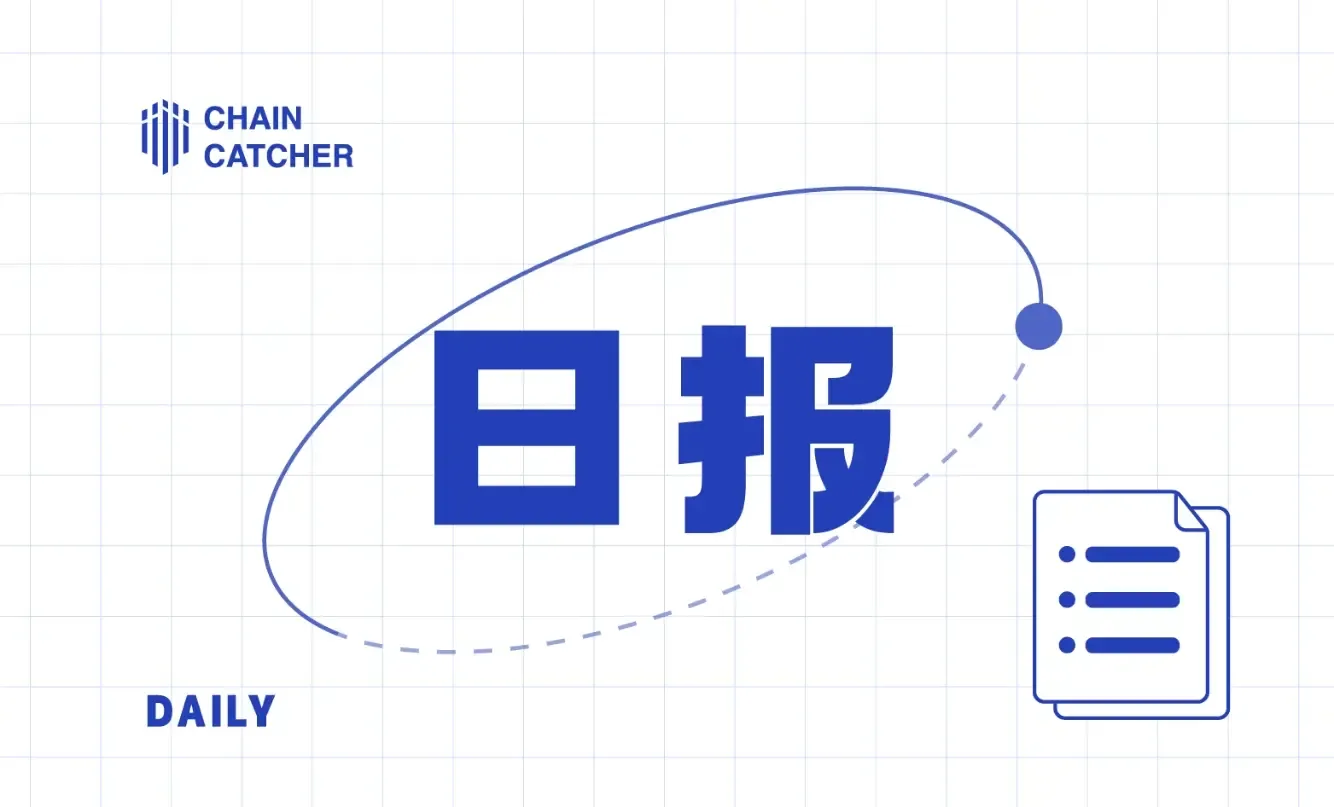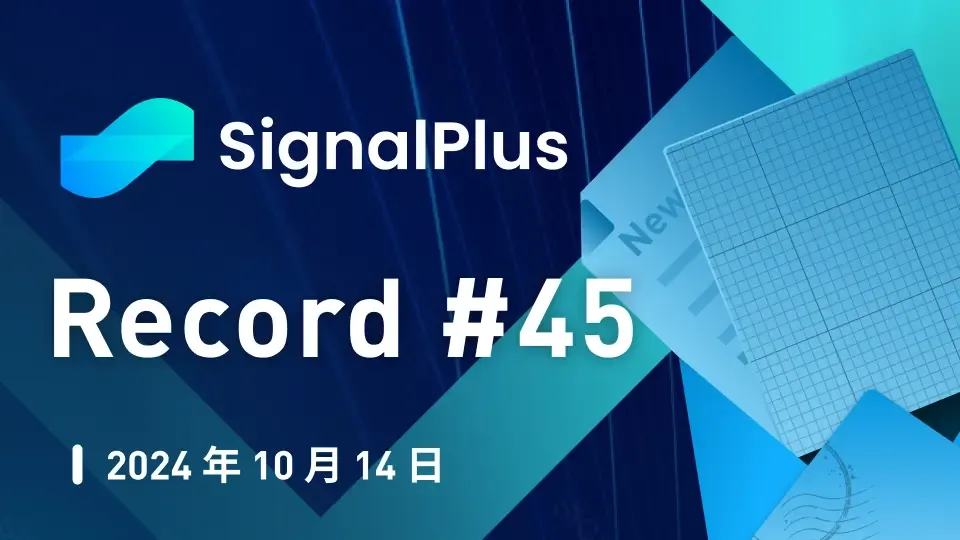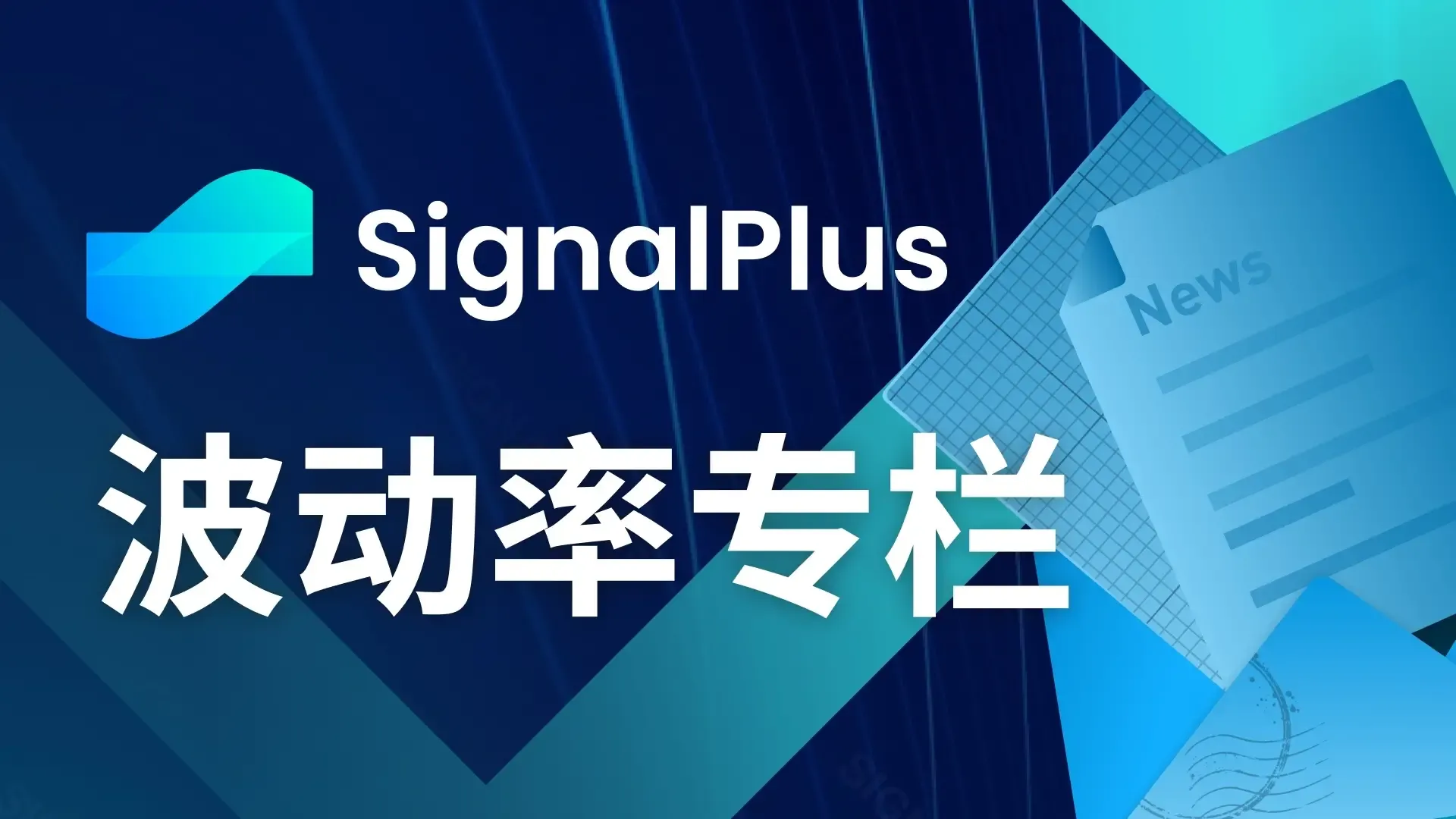BlackRock's Bitcoin spot ETF has surpassed GBTC in terms of fund size, and BITI has become a new indicator for judging BTC price fluctuations
Author: Grapefruit, ChainCatcher
Editor: Marco, ChainCatcher
On May 29, BlackRock's iShares Bitcoin Spot ETF IBIT surpassed Grayscale's GBTC in asset size, becoming the largest Bitcoin spot ETF in terms of BTC holdings globally.
According to data from HODL15Capital, on May 28, BlackRock's Bitcoin Spot ETF IBIT saw an inflow of approximately $102 million (1,503 BTC), bringing its total BTC holdings to over 288,670, valued at about $19.795 billion.
On the same day, Grayscale's GBTC experienced an outflow of over $105 million (approximately 1,543 BTC), marking the largest outflow day in the past two weeks. GBTC holds about 287,450 BTC, valued at $19.758 billion.
IBIT's assets under management officially surpassed GBTC, leading by over $30 million, making it the largest Bitcoin spot ETF in terms of BTC holdings globally.
In 4 Months, IBIT Attracts Approximately $20 Billion
According to data from BlackRock's official website, as of May 30, IBIT's average daily trading volume over the past 30 days was $24.72 million.

Since its launch on January 11, IBIT has successfully attracted approximately $20 billion in BTC in just 4 months, making it one of the fastest-growing ETFs in history.
Regarding IBIT's impressive performance in such a short time, Bloomberg ETF analyst Eric Balchunas stated that IBIT is a legend; historically, only one ETF has reached $20 billion in assets in less than 1,000 days, which was JEPI in 985 days, while IBIT achieved the same scale in about 137 days.

According to SoSoValue data, IBIT has seen continuous positive inflows for over 3 months from its launch on January 11 until mid-April.
On its first day, the inflow exceeded $110 million, with BTC priced at $46,000; on March 12, the inflow peaked at approximately $848 million, and the next day (March 13), BTC reached an all-time high of $73,700.

Regarding the growth of IBIT's funds, Eric Balchunas noted that IBIT's low fees, high liquidity, and the strong influence of the BlackRock iShares brand are key factors.
Additionally, he mentioned that although the total number of trades for IBIT has recently decreased, the average trade size has increased, indicating that large investors are replacing retail "small fish."
Behind GBTC's Fund Outflows: High Fees, Premium or Discount Risks
Why have GBTC and IBIT, both Bitcoin spot ETFs, shown such divergent performances, with GBTC experiencing outflows while IBIT sees inflows during the same period?
According to HODL15Capital data, since IBIT's launch, GBTC has almost consistently seen weekly outflows, creating the opportunity for IBIT to surpass it quickly.

Grayscale's GBTC has been around since 2013 and was one of the earliest compliant products for public BTC investment. Before the launch of Bitcoin spot ETFs, it managed approximately 619,000 BTC.
"Grayscale GBTC's accumulation or reduction of BTC" was once considered an important indicator of BTC price movements in the crypto community.
Why has GBTC's asset management scale been shrinking since the launch of Bitcoin spot ETFs like BlackRock's IBIT and Fidelity's FBTC? This is primarily due to the different operational mechanisms of GBTC and Bitcoin spot ETF products.
GBTC is a Bitcoin trust fund, meaning investors hand their money to Grayscale, which then purchases and holds the cryptocurrency on behalf of investors, issuing shares that represent their stake in the trust fund. Investors can only buy shares on the secondary market and cannot redeem them.
The price of GBTC shares is related to the number of Bitcoins it holds and its market value but often experiences high premiums or discounts. A premium occurs when GBTC's share price is higher than the value of the Bitcoins held per share, while a discount occurs when the share price is lower.
A Bitcoin spot ETF directly holds Bitcoin, with its price aligned with the Bitcoin market price, avoiding premiums or discounts.
In January, the SEC approved GBTC's conversion to a Bitcoin spot ETF, allowing investors to freely redeem their fund shares for cash through authorized participants (AP), converting their ETF shares into USD. This means that GBTC holders could not realize gains before the product converted to an ETF.
The outflows from GBTC are primarily due to two reasons:
First, GBTC's management fees are excessively high, 5-6 times that of similar competitors, with GBTC's management fee around 1.5%, while Bitcoin spot ETFs have fees of about 0.2% or lower.
Second, investors can avoid the risks of GBTC's premiums or discounts, as the non-redeemable mechanism of GBTC can lead to significant discrepancies between its fund price and the market value of Bitcoin, whereas the price of Bitcoin spot ETFs closely aligns with the market price of Bitcoin.
According to SoSoValue data, since the launch of Bitcoin ETFs, GBTC has been in a state of net outflows for four consecutive months, with the outflow rate decreasing in May.

As of May 30, GBTC's assets under management are valued at $19.28 billion, with a total outflow of 332,000 BTC over the past four months, while it still holds approximately 287,000 BTC.
IBIT Has Become a New Driver Influencing BTC Price Trends
Now, IBIT's assets under management have surpassed GBTC by about $200 million, becoming a new driving force behind Bitcoin price trends.
Market maker Wintermute stated, "This represents a significant shift in the BTC supply-demand landscape. Investors will no longer focus on GBTC but will turn their attention to the inflows and outflows of IBIT, which may drive users to pay attention to Bitcoin ETFs or the underlying BTC."
As of May 30, the total net asset value of Bitcoin spot ETFs is $57.683 billion, with IBIT's market share exceeding 33.7%.

Among them, there are three Bitcoin ETFs with over $10 billion in scale, including IBIT ($19.48 billion), GBTC ($19.28 billion), and FBTC ($10.94 billion).
Bitcoin spot ETFs, represented by IBIT, are becoming the entry point for traditional capital into the crypto space. Compared to the previous institutional bull run driven by Grayscale, the capital brought in by the world's largest asset management companies like BlackRock this time is significantly larger.











